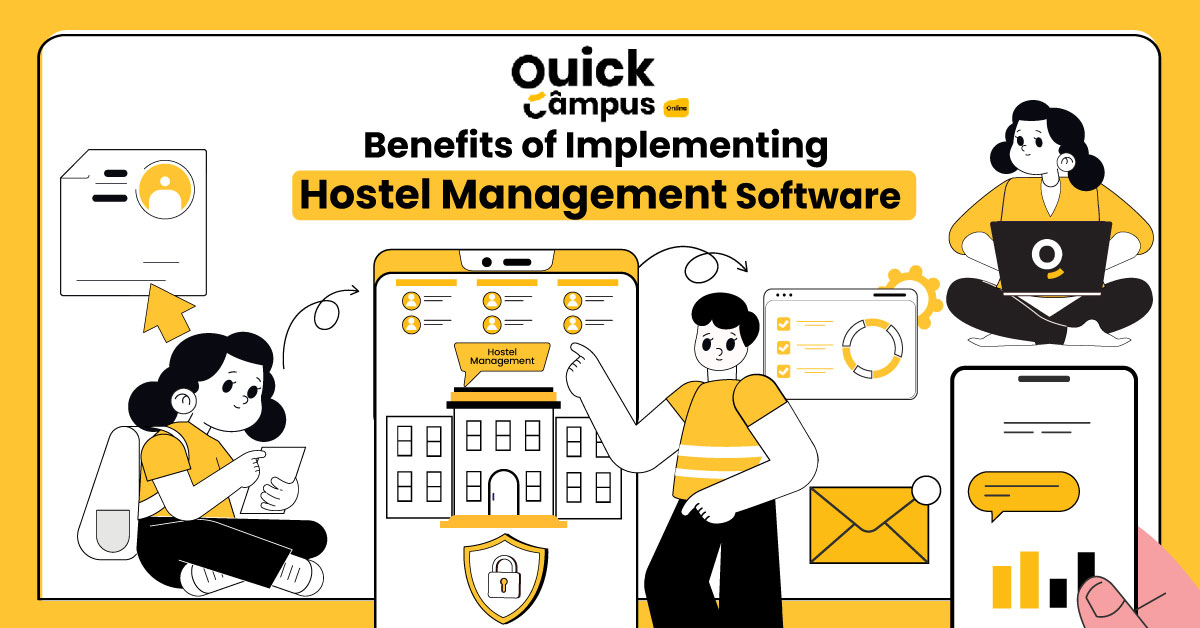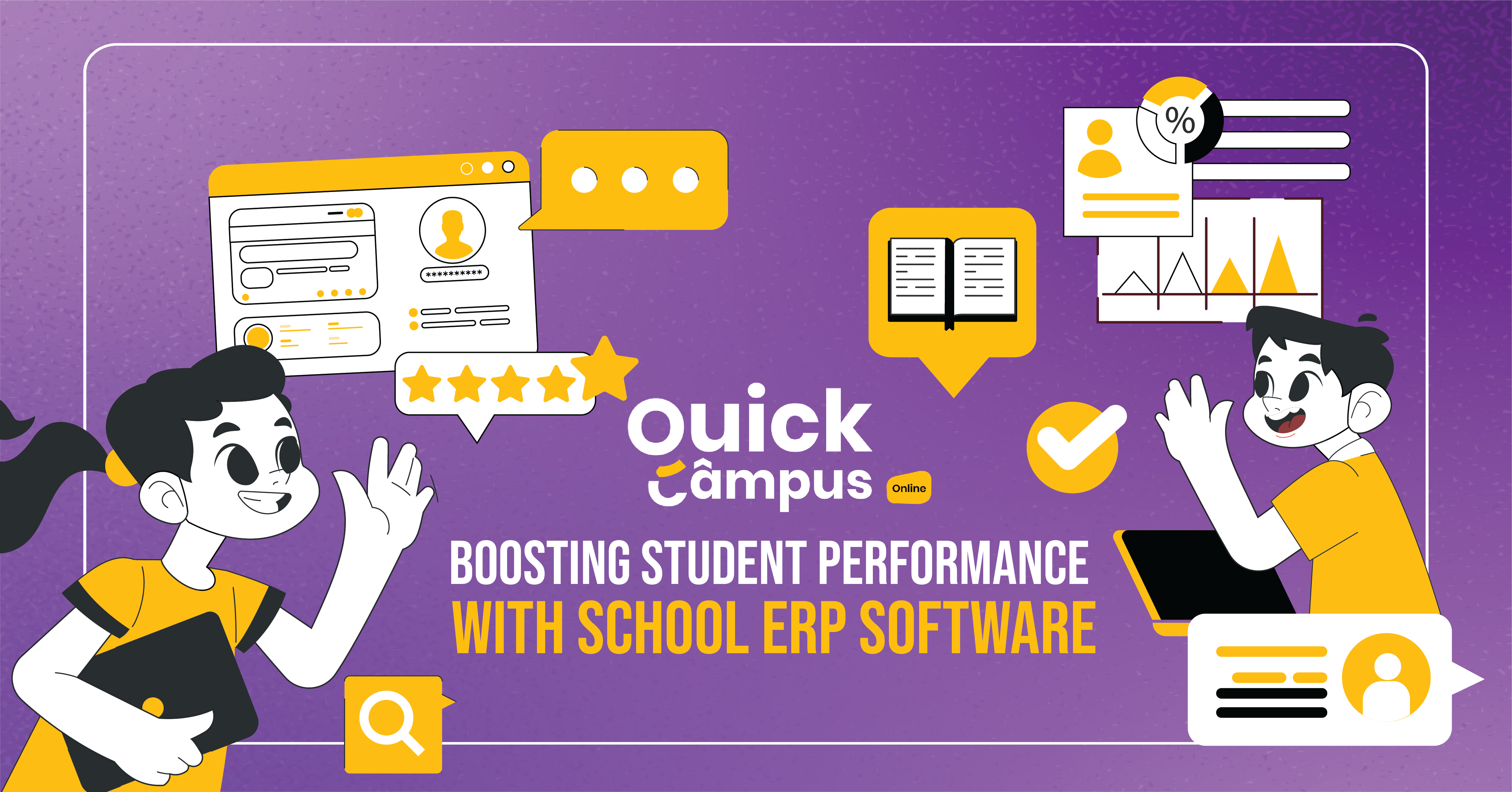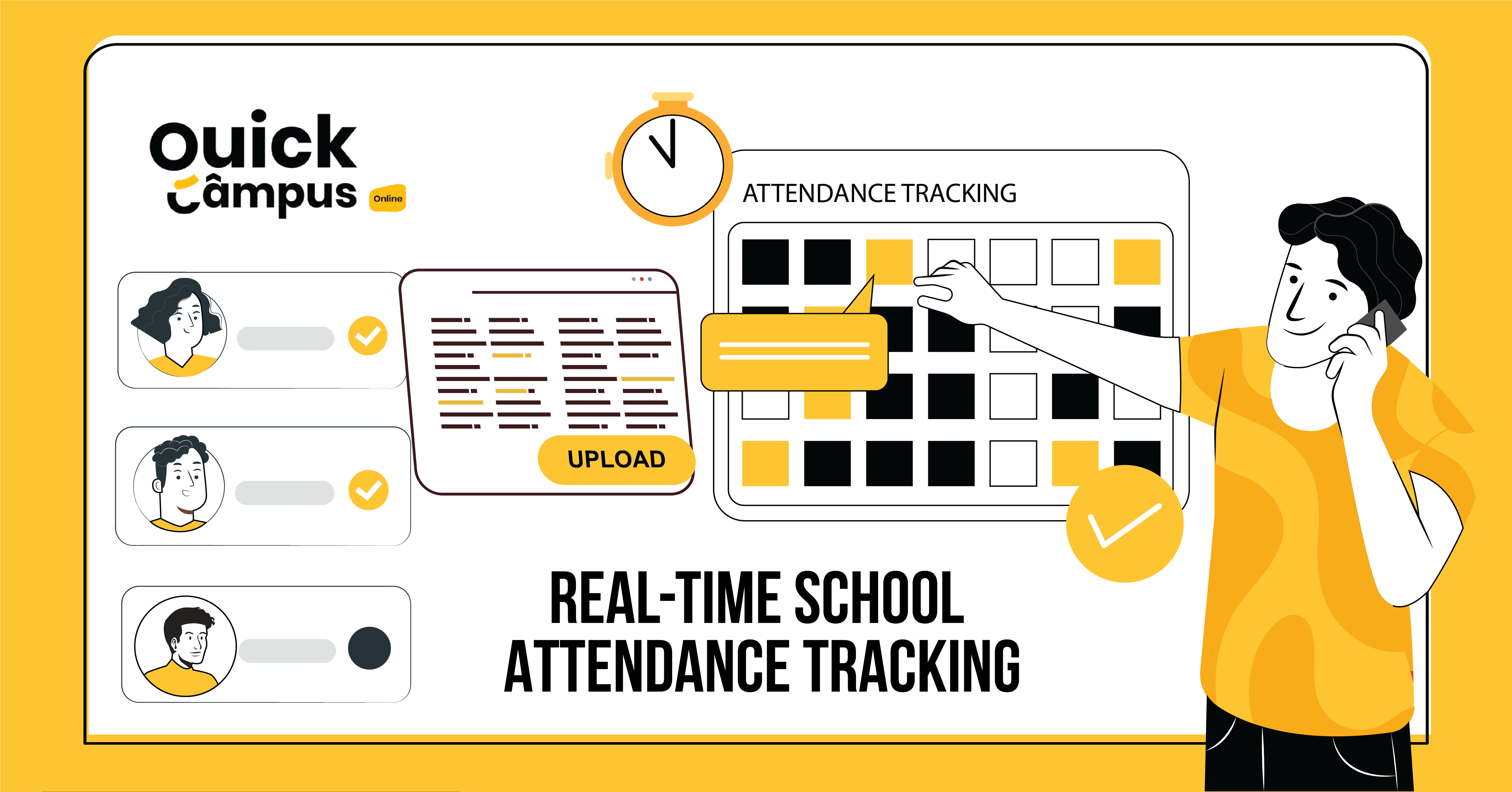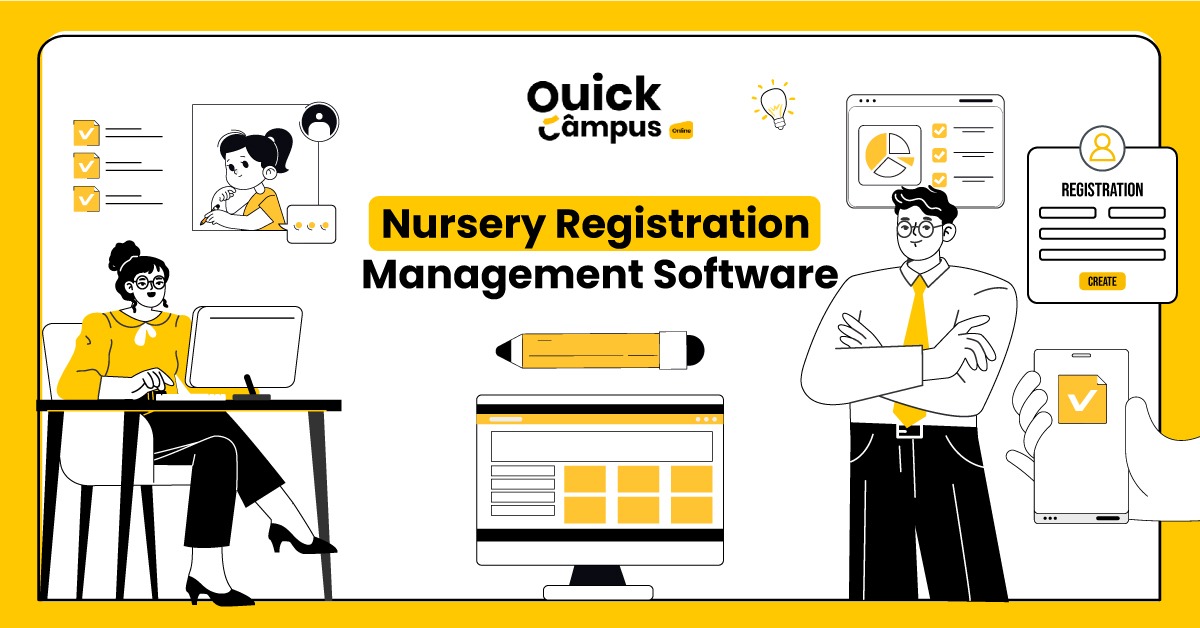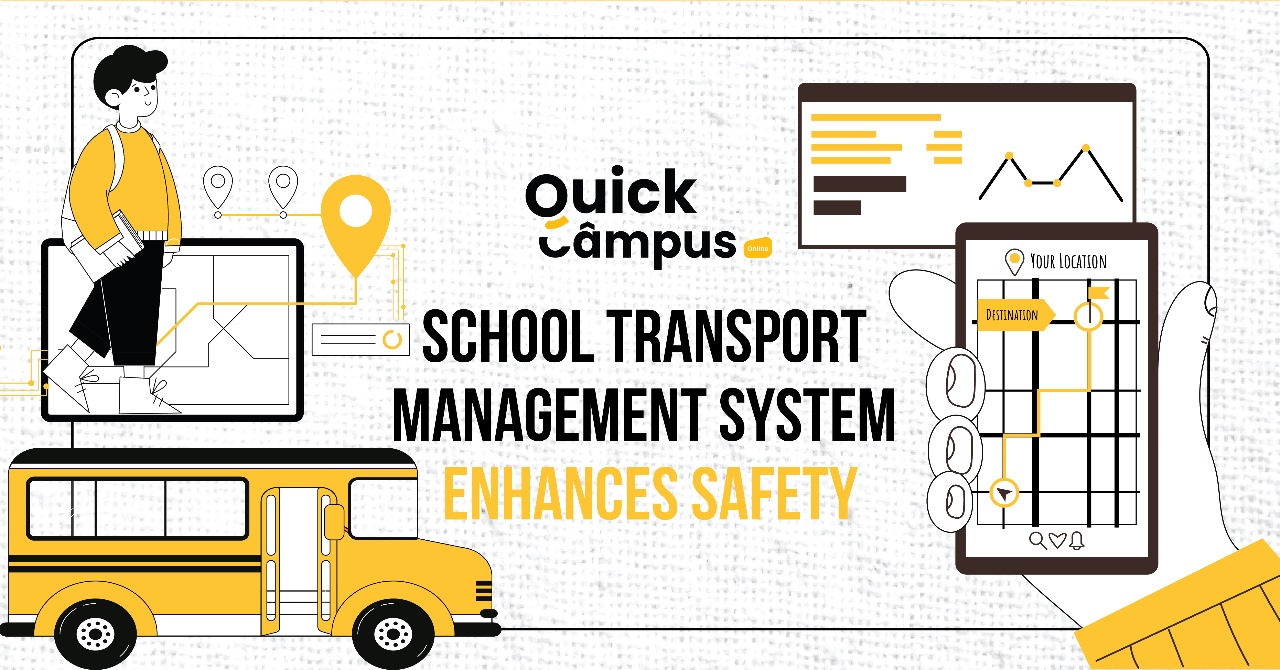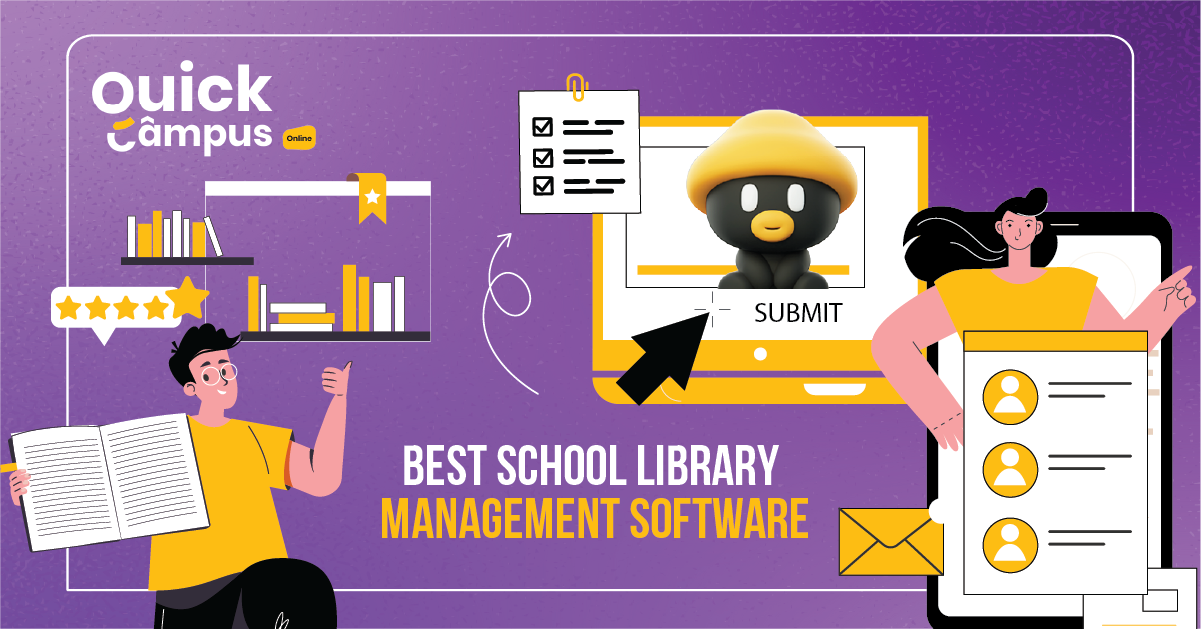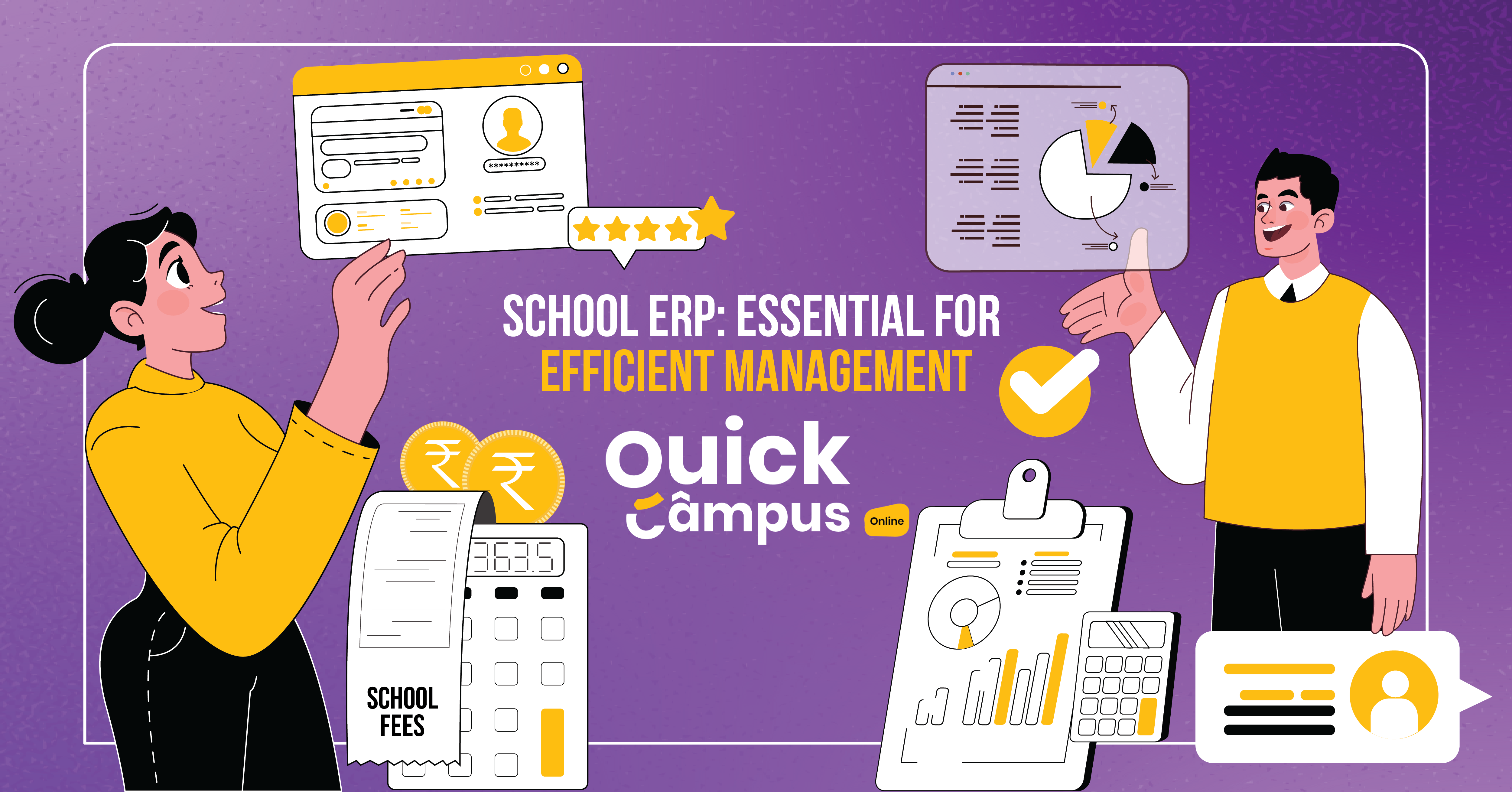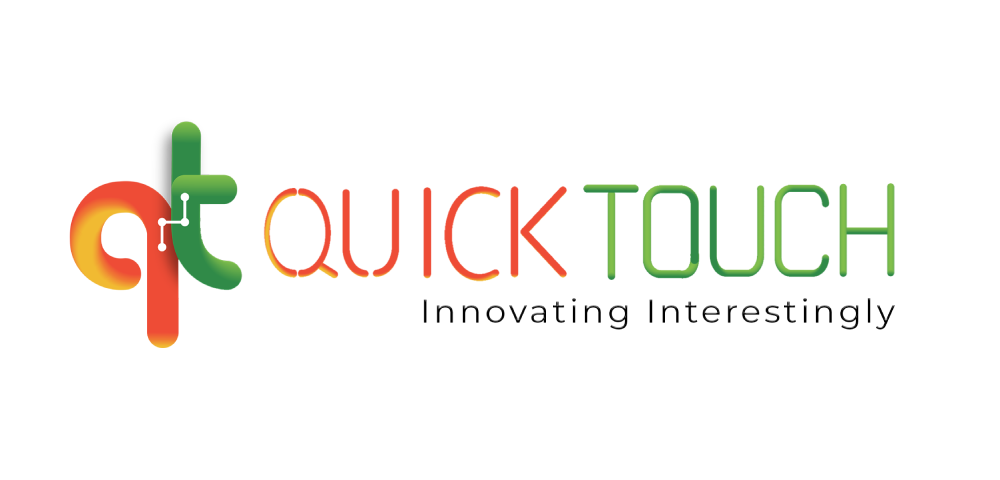Role Of Professional Learning Networks For Teachers
The need for professional learning networks for teachers is growing rapidly in today’s digital world. Professional Learning Networks (PLNs) have become a vital component of today’s education along with school management software because they offer continuous learning meeting opportunities for teachers. This learning community is based on the principles of ideas, resources, and support sharing, and such a way of professional development is much more diverse than the one-size-fits-all type of training.
Keep reading to explore the dynamic role of PLNs in building every collaborative learning community. Together, we’ll discover how educators worldwide are leveraging these networks to elevate their practice and, ultimately, transform education.
Professional Learning Networks: Explained
PLNs are commonly used to improve student learning. These networks develop a collaborative learning community among educators by allowing them to mutually evaluate the feedback, insights, and support provided to improve their practice.
Key Benefits Of Participating In PLNs
The benefits of developing a professional learning network can be broadly categorized into three main areas:
1. Student Impact
Through PLNs, students can connect and learn from other teachers, and consequently, benefit from valuable teaching experiences. By joining PLNs, students get in touch with not only their teachers but also experts and other educational opportunities outside of the immediate educational environment.
Being part of PLNs helps students do better in school and become better at thinking critically, which they’ll use later in life. PLNs let students learn together, which helps them understand subjects better and improve skills like communication, collaboration, and problem-solving. This is one of the major benefits of developing a professional learning network.
2. Teacher Development
Professional learning networks for teachers serve as powerful agents for ongoing professional development. Through networking, interconnected educators exchange best practices and innovative teaching strategies and provide ongoing support and mentorship.
A collaborative environment provides a platform for reflection and experimentation, fostering student growth in teaching competency and achievement. PLNs enable teachers to stay current with recent research, technologies, and new teaching methods to improve, helping them remain flexible, relevant, and up-to-date with educational changes.
3. Community And Collaboration
Engagement in PLNs is crucial for fostering community support by promoting teamwork and providing opportunities for knowledge sharing. These networks unite communities, enabling them to pool expertise for addressing common problems, implementing initiatives, and advocating for educational equity and innovation. By establishing a structured framework of collaboration and lifelong learning, PLNs serve as the driving force for change within the educational system, benefiting all parties involved.
Enhancing PLNs With Learning Management Systems (LMS)
Utilizing LMS for collaborative learning as part of PLNs is a significant advancement of technological support for collaborative learning in education. The PLNs are made up of individuals, resources, and tools that are used in interaction and knowledge sharing. The integration of LMS platforms into PLNs has created an organized setting for teachers and learners to collaborate, give resources, and engage in deep discussions.
LMS platforms use features such as discussion forums, content repositories, and collaborative tools to facilitate information exchange and resource sharing amongst PLNs. Educators can select content, develop interacting tasks, and conduct discussions, thus giving rise to a collaborative learning community. Learners nowadays get a chance to use a variety of materials, network with their peers, and go through the individualized learning process.
Moreover, LMS analytics deliver information regarding learner engagement, progress, and the issues that need to be improved, thus allowing educators to adjust their assistance to students’ needs. The combination of PLNs with LMS helps educators and learners to strengthen the power of technology that allows the creation of lively and active learning environments for collaboration, knowledge exchange, and life-long development in education.
Embracing Tomorrow: A Journey to Educational Excellence
In summary, adopting PLN software can improve collaboration, learning networks, and communication in schools. Join QuickCampus for an exciting journey towards better education. Experience a vibrant learning community where teachers and students connect easily. With our school management software and engaging teaching resources, learning becomes fun and effective. Join us now and be a part of the change!
What Is The Significance Of Collaborative Professional Learning?
Collaborative professional learning is important because it helps teachers develop more comprehensive instructional materials and assessments. It enhances educators’ expertise in particular fields and teaching strategies and drives change toward better teaching and peer learning.
How Do Professional Learning Communities (PLCs) And Stakeholders Help Advance Education?
Stakeholders and professional learning communities (PLCs) play an important role in teaching teachers about the most recent research and advances in educational technology. They facilitate essential collaboration within and beyond school districts, providing educators with continuous and regular opportunities to learn from one another. A global PLC, in particular, allows for daily sharing and learning among teachers.
How Can One Establish A Professional Learning Community?
To build a professional learning community, the following key elements, which are based on various studies and articles, should be incorporated:
- Prioritize the advancement of student learning.
- Conduct regular meetings and collaborative sessions.
- Foster a culture of teamwork, inquiry, and reflective practice.
- Analyze student work and data to inform teaching strategies.

